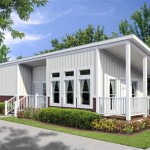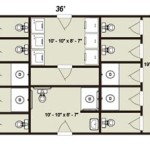The House of Commons Seating Plan: A Guide to the Intricacies of British Parliamentary Arrangement
The seating arrangement in the House of Commons, the lower House of the British Parliament, is not merely a matter of convenience but a reflection of centuries-old traditions and power dynamics. The plan serves specific purposes, including facilitating debates, maintaining order, and highlighting the hierarchy within the chamber.
The House of Commons is a rectangular chamber with two rows of benches facing each other, known as the "Government" and "Opposition" benches. The Government benches are to the right of the Speaker's chair, while the Opposition benches are to the left.
The front benches in each row are reserved for the most senior members of the Government and Opposition parties, respectively. The Prime Minister, Cabinet members, and Shadow Cabinet members typically occupy these seats. The closer an MP sits to the front, the more seniority they hold.
The seating arrangement also reflects the political divisions within the chamber. Members of the governing party sit on the Government benches, while members of the Opposition parties sit on the opposite side. This physical separation helps to create a sense of division and rivalry between the parties.
However, the seating plan is not entirely rigid. During certain debates, such as Prime Minister's Questions, the Prime Minister and Leader of the Opposition may cross the aisle to face each other directly. This allows for more direct engagement and a more lively debate.
The seating arrangement in the House of Commons is not only a matter of tradition but also a strategic tool. The Government and Opposition benches are deliberately placed opposite each other to encourage debate and accountability. The front benches are reserved for the most senior members of both parties, highlighting their importance and authority.
The seating plan also reflects the political realities of the House of Commons. The size and position of each party's benches depend on the number of MPs they have. The governing party typically has the largest block of seats, while the Opposition parties have smaller blocks.
The House of Commons seating plan is a complex and fascinating aspect of British parliamentary procedure. It is a physical manifestation of the power dynamics, traditions, and political divisions that shape the House of Commons.
How Are The Parliament Houses Seating Arranged Quora

6 The Physical And Administrative Setting Chamber House Of Commons Procedure Practice Second Edition 2009

File House Of Commons 2024 Seating Plan Svg Wikipedia
Educational Resources

Examples Of Seating Plans Top Left Spanish Congress Deputies Scientific Diagram

File House Of Commons Seating Plan 9272024 Svg Wikipedia

House Of Commons Seating Redesigned To Squeeze In Extra Mps Cbc News

Political Boffins At Weymouth College Yse The Main Distinctions Between Role And Importance Of House Commons Lords 25 Marks

Bbc News What Is Parliament And How Does It Work

Find Out More About S Members Of Parliament








